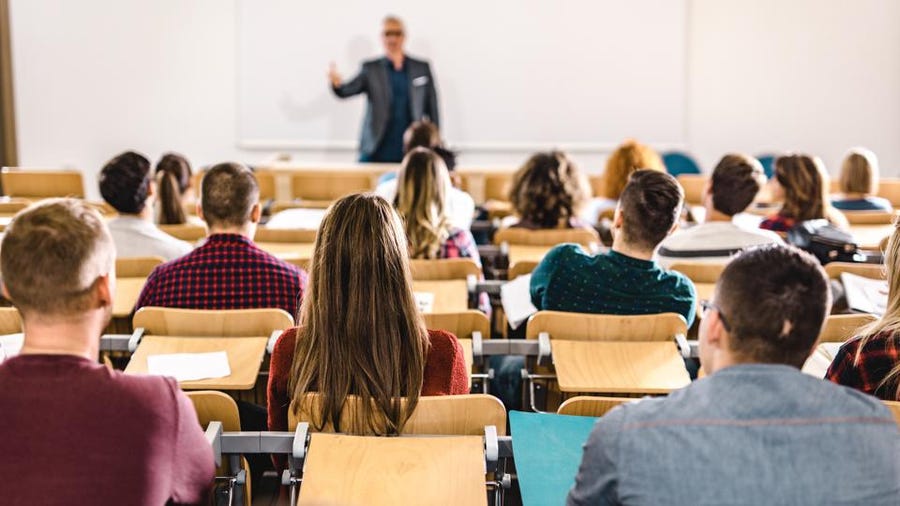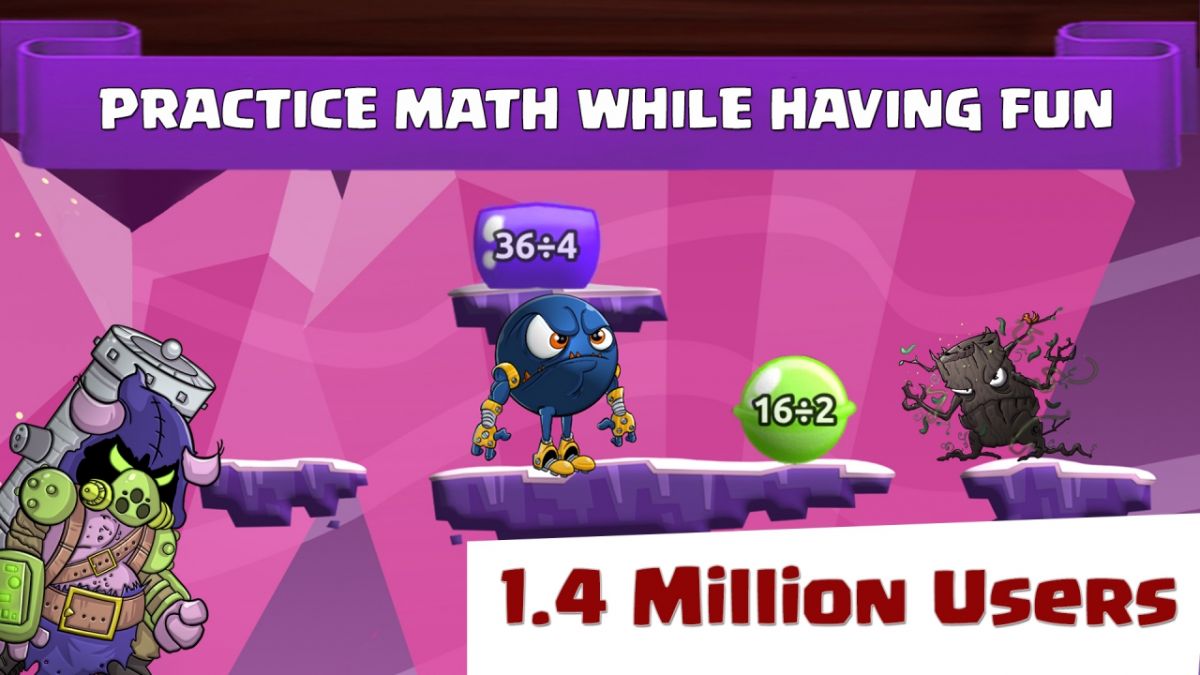
The International Standard Classification of Education, (ISCE) defines secondary education as two levels. Lower secondary education refers to the end of primary schooling. Level three, however, is the step before you can begin tertiary training. Although both are important, secondary schooling is often more rigorous than elementary schooling. This article will explain the differences between courses and their respective careers. Here are some other things to keep in mind:
School of Education
Secondary education is an institution that offers a range of courses and a certificate recognizing maturity. At the age of 16, a secondary school student completes his or her secondary education program. Reifezeugnis (or certificate) is required to enter higher education. Secondary education is an important step in the child's development and preparation for the future. There are many courses offered by secondary schools, including English language study, career preparation, prevocational courses, general education, and English language studies.
Secondary education is an integral part of American education. It consists of grades six through twelve. Secondary education is considered equivalent to highschool in many English speaking countries. Secondary education is completed by high school students. Many go on to college, university or the workforce after they have finished their secondary education. In most cases, secondary education is voluntary. There are many choices for postsecondary educational options. You will gain the skills, knowledge, and capabilities to be employed, self-sufficient, or independent if you have a secondary education diploma.

Curriculum
American education used a system that stressed the importance of practical learning as well as social utility. Many practical and vocational subjects were added in the second half century. The curriculum was expanded to include courses such as family life, driver education, consumer economy, and mathematics for everyday living. These subjects eventually became vital to secondary school education. Secondary school education has remained centered on the main goal of providing students with a broad education, and preparing them for college success.
A variety of reasons have prompted changes to secondary education. Curriculum reform is a necessity due to trends in achievement, funding, demographics, and other factors. The average age at which high school graduates are in the United States has increased from 73 to 86 per cent in 1970 to 86 today. As a result, states are raising graduation requirements. To meet all students' needs, the Secondary Curriculum must reflect these changes. These are not easy challenges.
Courses
A foundational course in secondary education is essential for a career as teacher. These courses will provide an overview of U.S. education systems and theories. These courses can also be used to elective subjects. For example, students may need to create a personal philosophy on education. Teachers also need good lesson planning and teaching skills. A teacher must be able communicate verbally and actively with others.
For the certification exam, you will need to complete secondary education programs. Teachers must take ten core courses and two capstone clinical practicums. To be eligible for a teaching license, candidates must pass either the Praxis II Secondary Content Knowledge test or an equivalent exam. The Hawaii Pacific University School of Education is accredited nationally until June 30, 2028. The program will enable you to become both a teacher and an AAQEP member.

There are many career options
There are several options to explore after secondary education. For students to make informed decisions about their future, they can turn to the guidance counselor, their school's career centre, and the Occupational Outlook Handbook. It is important to ensure that the websites you choose are trustworthy. This list includes websites for career exploration and post-secondary education. A good resource for career information is your local library. The library offers free Internet access for students if you need help finding work.
High school students may be able to enroll in courses such as commercial cooking, aged care, and childcare. A growing field of study, SEO and social media can be pursued by students. Many businesses are now seeking social media experts and professionals. There are many options for career opportunities after high school for accounting and business majors. Many vocational schools offer career preparation programs. The student should investigate all options, regardless of the path they choose.
FAQ
What are some possible ways to receive scholarships?
To help pay college expenses, scholarships are grants. There are many kinds of scholarships. These scholarships include:
-
Federal Grants
-
State Grants
-
Student Loans
-
Work Study Programmes
-
Financial Aid
Federal grants are direct from the U.S. government. Federal grants are subject to certain conditions. You will need to prove financial need.
State grants are offered by individual states. State grants can be offered by each state based upon financial need, while others are given for specific purposes.
Banks and lending institutions offer student loans. Students typically borrow money to cover costs such as tuition and living expenses.
Work-study programs are designed to encourage employers to hire qualified students. Employers must pay workers at least minimum wage.
Financial aid can help families with low incomes afford college by covering all or part of tuition costs.
How can I apply to college
There are many different ways to apply to college. You can get started by contacting your high school guidance counselor or admissions representative. Online applications are popular among high schools. You can also reach out to local colleges directly. Many colleges accept applications via the Internet.
If you choose to apply via mail, fill out the application. You will also need to write a personal story and attach copies of all documents. This personal statement allows you to describe why you choose to attend this institution and the benefits it could bring to your life. It is also helpful for admissions committee members to understand your goals, motivations, and values.
You can find sample essays that you can download from our website.
How do I select my major?
Students choose their majors according to their interests. Because they find it easier to study something they love, some students choose to major on a subject that they really enjoy. Some students want to go into a field where there is no job. Others decide to major because they want to earn money while studying. Whatever your reason, you should think about what type of job you would like to have after graduation.
There are many ways to get information about different fields of study. You can talk to family members or friends about your experiences in these areas. You can check newspapers and magazines to see if any jobs are listed. Talk with a guidance counselor at your high school to ask about possible careers. Visit Career Services at the local library or community centre. Check out books on various topics from your public library. Use the Internet to search for websites related to specific careers.
What does early childhood education mean?
Early Childhood Education refers to a field dedicated to helping children become happy, healthy adults. It covers everything, from teaching them to read to preparing them to go to kindergarten.
The goal of early childhood education is to help kids learn and grow by providing them with age-appropriate experiences.
Early childhood educators are often asked to assess the developmental needs for each child they see. This helps to decide if a particular program would benefit each child.
Parents can interact with teachers and professionals who have had experience working with young kids through early childhood programs.
A key role in early childhood education is also played by parents. They need to know how best to care for their children.
Parents can also participate in activities designed to teach their children skills they will need throughout their lives.
Sometimes, early childhood education is also called preschool education. However this term is interchangeable with daycare centers. Prekindergarten education begins at three years of age, but early childhood education can begin around three.
What is an alternative school?
An alternative school aims to allow students with learning difficulties to access education and provide them with support from teachers who are qualified to meet their needs.
Alternative schools are designed to give children with special education needs the chance to learn in a normal classroom setting.
They are also provided with extra assistance when necessary.
An alternative school is not just for those who have been excluded from mainstream schools.
They are open for all children, regardless their ability or disability.
Are there special skills required to work in my chosen field?
Writing skills are essential for lawyers. Nursing requires you to communicate well. If you want to become an accountant, you'll need excellent math skills. These are just two examples. Think about all the things you enjoy doing. What type of job would allow you to do these things again? You will need to know how to design machines and structures if you want to become an engineer. Understanding basic math will be essential if you want to be successful. Understanding statistics and numbers is essential to success in business. Good communication skills are essential if you wish to become a teacher. You will need to be able teach and assist others.
What is the purpose or education of schooling?
Education should equip students with the skills they need to be successful in work. It is not only a pursuit of academic excellence, but also a social activity, where children can share their knowledge and gain confidence from one another through activities like music, art, and sports. Education is about teaching students to think critically and create in order to be independent and self-reliant. What does it mean for a school to be able to meet high educational standards?
Good educational standards are those which ensure that all pupils achieve their potential. They set clear goals that teachers and pupils work towards. Education standards that are flexible enough to allow schools to adapt to changing needs can be a good thing. They must also be fair and equitable so that every child has the chance to succeed regardless of their background.
Statistics
- And, within ten years of graduation, 44.1 percent of 1993 humanities graduates had written to public officials, compared to 30.1 percent of STEM majors. (bostonreview.net)
- In most developed countries, a high proportion of the population (up to 50%) now enters higher education at some time in their lives. (en.wikipedia.org)
- “Children of homeowners are 116% more likely to graduate from college than children of renters of the same age, race, and income. (habitatbroward.org)
- Globally, in 2008, around 89% of children aged six to twelve were enrolled in primary education, and this proportion was rising. (en.wikipedia.org)
- They are also 25% more likely to graduate from high school and have higher math and reading scores, with fewer behavioral problems,” according to research at the University of Tennessee. (habitatbroward.org)
External Links
How To
Where can I go to be a teacher?
Teacher jobs are available at public elementary schools, private elementary school, private middle schools. Public secondary schools, public secondary secondary schools. Private secondary schools. Charter schools. Public and private Catholic schools. Public and private daycare centers.
A bachelor's degree at one of the following institutions is necessary to become a teacher.
-
A four-year college/university
-
Associate's degree program
-
Some community college programs are two-years long
-
These three types of programs can be combined
To be eligible for teacher certification, applicants must satisfy state requirements. These include passing standardized test and having a probationary period.
Most states require that all candidates pass the Praxis 2. This test assesses the candidate's reading, writing, mathematics, as well as language arts knowledge.
Many states require that candidates obtain a specialized license in order to be certified to teach.
These licenses will be issued by the boards of education in each state.
Some states grant licenses without the need for additional testing. These cases require that the applicant contact the state board of education to confirm if the license is granted.
Some states don't grant licenses to applicants who haven't completed a masters degree program.
Some states permit individuals to apply directly at the state board or education for licensure.
Licenses vary widely in terms of cost, duration, and required coursework.
Some states only require a high school diploma while others require a bachelor’s degree.
Some states have specific requirements for training, such a literacy or child-development course.
Some states require candidates have a master's before they can become licensed.
Many states require teachers to provide information about their previous jobs when applying for certification.
It is possible to mention other professions in your application.
Regardless of your previous experience, most states will still accept you regardless.
You might wish to list the title of your last job, the position you held, and the years of service.
These information are often useful to potential employers.
It shows them that you have relevant skills and experiences.
Working may allow you to learn new skills or gain valuable work experience.
Future employers can view your resume.